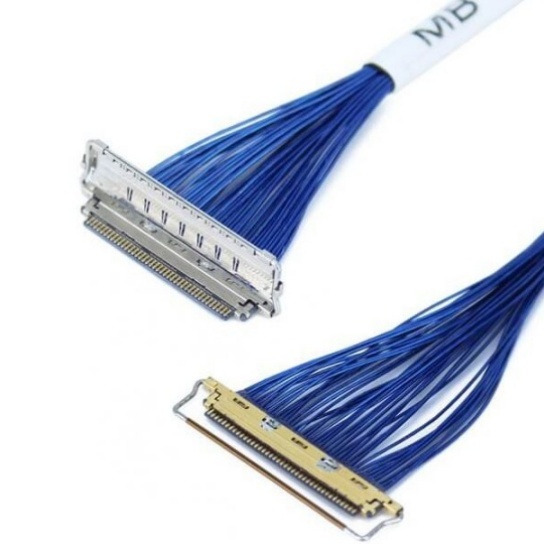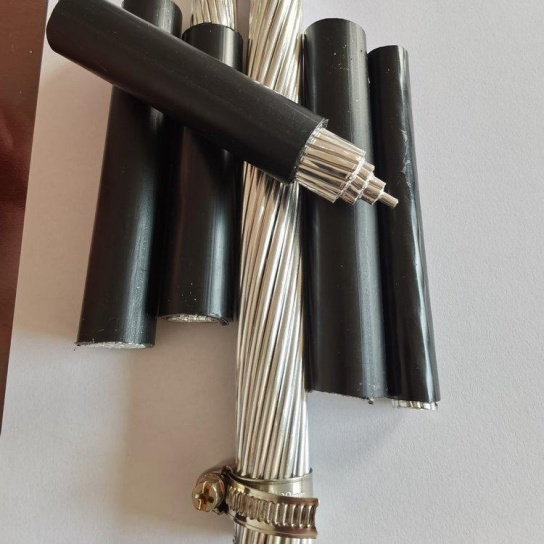Compatibility and Reliability Testing Methods for Aircraft Cable Connectors
Why Connector Testing Matters
Aircraft connectors face unique challenges:
Vibration and Shock: From takeoff, turbulence, and landing.
Temperature Extremes: -55°C to 200°C in engine bays or high-altitude environments.
Corrosion: Exposure to humidity, deicing fluids, and salt spray.
EMI/RFI: Electromagnetic or radiofrequency interference in crowded avionics bays.
Testing ensures connectors maintain:
Electrical Continuity: Stable contact resistance under stress.
Mechanical Integrity: Resistance to mating cycles, vibration, and mechanical wear.
Environmental Resilience: Performance in harsh conditions.
Compatibility Testing Methods
1. Physical Compatibility (Intermateability)
Dimensional Verification:
Confirm connector pins, sockets, and shells conform to specifications (e.g., MIL-DTL-38999 Series III, ARINC 600).
Use coordinate-measuring machines (CMM) or go/no-go gauges to validate tolerances.
Mating/Unmating Force Testing:
Measure insertion/extraction forces to ensure compliance with OEM requirements (e.g., 20–50 N for circular connectors).
Test with automated tools like tensile testers.
2. Electrical Compatibility
Contact Resistance:
Measure resistance across mated pairs (typically < 5 mΩ) using 4-wire Kelvin testing.
Validate stability after thermal cycling or vibration.
Dielectric Withstanding Voltage (DWV):
Apply high voltage (e.g., 1,500 VAC for 1 minute) between contacts and shells to check insulation integrity.
EMI Shielding Effectiveness:
Test shielding attenuation (e.g., ≥ 60 dB at 1 GHz) per MIL-STD-461 or DO-160 standards.
3. Material Compatibility
Fluid Resistance:
Immerse connectors in Skydrol, Jet A-1 fuel, or deicing fluids for 48 hours, then test electrical and mechanical performance.
Galvanic Corrosion Testing:
Assess dissimilar metal pairs (e.g., aluminum shells with gold-plated contacts) in humidity chambers (85% RH, 85°C).
Reliability Testing Methods
1. Mechanical Durability
Mating Cycle Testing:
Perform 500–1,000 mating cycles (per MIL-DTL-83723) and inspect for wear, deformation, or contact plating loss.
Vibration Testing:
Subject connectors to random vibration profiles (e.g., 20–2,000 Hz, 0.04 g²/Hz) per DO-160 Section 8.
Mechanical Shock:
Simulate crash-level impacts (e.g., 40 G, 11 ms pulse) to test shell integrity and contact retention.
2. Environmental Testing
Thermal Cycling:
Expose connectors to -65°C to +175°C cycles (per MIL-STD-810) and monitor resistance drift.
Salt Spray (Corrosion) Testing:
48–500 hours in 5% NaCl fog per ASTM B117 to evaluate plating and sealing.
Humidity Exposure:
1,000+ hours at 95% RH and 40°C to detect insulation breakdown or oxidation.
3. Sealing and Ingress Protection
IP67/IP69K Testing:
Submerge connectors in 1-meter-deep water for 30 minutes (IP67) or blast with high-pressure jets (IP69K).
Pneumatic Seal Testing:
Pressurize connectors to 15 psi and measure leak rates (≤ 1×10⁻³ atm·cc/sec for hermetic seals).
4. Electrical Load Endurance
Current-Cycling Tests:
Apply rated current (e.g., 20 A) for 1,000+ cycles, monitoring temperature rise and contact degradation.
Arc Resistance:
Evaluate connectors under arc-fault conditions (per AS5692) to ensure failure containment.
Industry Standards and Certifications
MIL-DTL-38999: Military-grade circular connectors.
SAE AS39029: Performance standards for crimp contacts.
RTCA DO-160: Environmental testing for avionics.
IEC 60529: Ingress protection (IP) ratings.
Challenges in Connector Testing
Miniaturization: Testing micro-D or nano-connectors with pitch < 0.5 mm.
Mixed Material Systems: Ensuring compatibility in composite-airframe connectors.
High-Speed Data Links: Validating impedance stability in connectors for 10 Gbps+ avionics.
Emerging Trends
Smart Connectors: Embedding sensors to monitor wear, temperature, and mating status.
Automated Test Systems: AI-driven analysis of test data to predict failure modes.
Additive Manufacturing: 3D-printed connectors with integrated sealing and shielding.
FAQ Section
Q1: Can connectors from different manufacturers be interchanged?
A: Only if they meet the same intermateability standards (e.g., MIL-DTL-26482). Mixing non-certified connectors risks arcing or disengagement.
Q2: How often should connectors be retested in service?
A: During scheduled maintenance (e.g., C-checks) or after exposure to extreme events (e.g., lightning strikes).
Q3: What causes false failures in testing?
A: Improper test fixturing, contaminated contacts, or non-standardized procedures.






